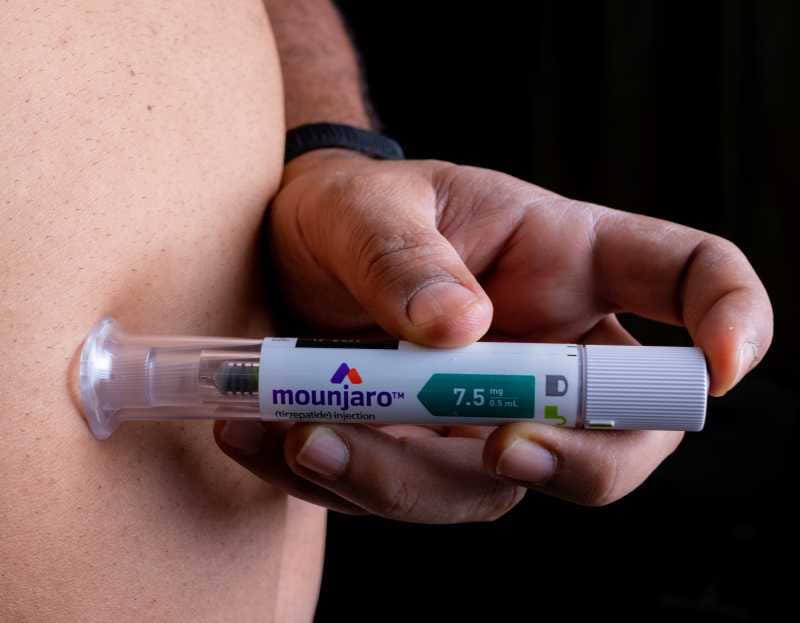Why Is Smart Fm The Future Of Building Efficiency?

The fast-growing trend used by facility managers is the outsourcing of affordable fm services uk, which uses digital solutions to incorporate building performance and lower cost as a core part of it. Smart facilities management is the application of IoT, analytics and automation to make the traditional aspects of facilities management a data-driven science with real savings in energy, space, hygiene and comfort. Smart FM is becoming a need rather than a luxury due to the rising desire for flexible, healthful, and environmentally friendly structures. Together with other advanced professional cleaning service London partners, Smart FM ensures increased hygiene and visibility of buildings. Sensors in restrooms and high-touch areas keep an eye on traffic, replacements, and stock. Based on such information, cleaning employees will act with haste so as to produce cleanliness but with less over-servicing. Digital platforms analyze usage data to schedule cleaning routines only when needed. Smart FM ensures clean spaces without disrupting occupants an important step toward operational efficiency and user satisfaction. Smart FM enables comparisons across different buildings or zones. Managers can identify where standards fall short and implement targeted training or new equipment to elevate hygiene performance across the board. The following are just some of the major benefits that smart facilities management offers to today's buildings. Smart thermostats, lighting controls, and HVAC zones systems are dynamic device controls that vary depending on occupancy and sunlight. It can result in considerable cost savings of 15% to 30% with little effect on convenience. Equipment fitted with sensors for vibration, temperature, and pressure can detect signs of wear before failure occurs. Proactive maintenance boosts reliability, extends asset life, and lowers repair costs, avoiding unplanned downtime. Space-utilisation analytics identify underused or overcrowded areas—whether desks, meeting rooms, or collaborative zones. Armed with this data, facility teams can reconfigure spaces to save costs and improve user experience. The hydrocarbon supplies the ability to scale its hygiene measures by integrating building efficiency tech like sanitizer dispensers, UV-C robots and intelligent restroom systems. Spaces will remain healthier and will not need constant manual use. Four basic pillars towards effective Smart FM integration are given below. Examine the area and energy first, then the renters' comments, the dependability of the devices, and the degree of hygiene. The results achieve a benchmark and point at the most valuable locations for smart retrofitting. Create a phased roadmap aligned with business objectives, whether that’s lowering the carbon footprint, improving tenant satisfaction, or reducing costs. Clearly define KPIs around savings, asset longevity, or health metrics. Start with a single zone, like HVAC sensors in a common area and demonstrate results. Pilots offer manageable risk and a proof-of-concept before scaling to wider applications. Smart FM success requires good association between FM, technology integrators and cleaning providers to avoid interoperability and cross-functional advantages. Effective ways of combating the common challenges encountered during Smart FM adoption are given below. There remain numerous structures with outdated systems that are incompatible with contemporary systems. Smart FM provides integration of modern infrastructure with legacy systems using edge sensors and gateways. As buildings connect to the internet, cybersecurity risks arise. Smart FM deployments secure data through encryption, user access controls, and regular vulnerability tests to protect physical and IT systems. IoT devices with sensors and insights require investment. There is a total cost of ownership that organizations should take into account, harnessed energy usage, fewer repair costs, and asset management. The following are the most promising innovations that would dictate the fate of smart facilities management. Artificial intelligence is also being applied to energy forecasting, HVAC cycle optimisation and can automatically regulate lighting and temperature. Machine learning powered systems are continuously evolving in terms of efficiencies with little involvement of people. Smart FM supports circular economy practices like optimising HVAC for air filtration, managing rainwater harvesting systems, and tracking waste metrics, helping meet sustainability targets. Long-term plans converge systems like energy, cleaning, security, and occupancy into one unified digital platform. Centralizing control enables smoother communication, faster responses, and proactive decision making. The following are some practical measures that will enable you to make sure that Smart FM initiatives directly serve your business objectives. Smart FM helps achieve the ESG goals by decreasing its energy consumption, improving its waste management system, and demonstrating investment in the health of its occupants, another substantial element of ESG reporting. Buildings now compete on wellbeing. Smart sensors that manage lighting, air quality, and noise control showcase a commitment that attracts tenants, clients, and top talent. Smart FM prepares the backup power, environmental sensing and real-time alerts. Emergencies can be kept secure and continuous using computerised responses. Key Metrics to Track: Energy consumption (square metre) (pre and post-control) Repair expenditures as a percentage of the property's value HVAC cold standby and mean-time-between-failures Frequent cleaning and prompt sanitation responses Satisfaction of occupants through repeat surveys Smart FM takes facility management out of reactivity and into proactive management, resulting in real-world payback in terms of energy savings, longer life of assets, occupant health and sustainability. Organisations therefore prepare themselves for the future by mixing affordable FM services UK, connections between them and professional cleaning service london providers, as well as advanced building efficiency tech. The shift towards smarter buildings is not one of the options on a list of possible formulas, but a brilliant strategic investment. Facilities are no longer headed to Smart FM, but to a place where efficiency, sustainability and occupant experience must be in order to survive. Pavón, R.M., Alberti, M.G., Álvarez, A.A.A. and del Rosario Chiyón Carrasco, I., 2021. Use of BIM-FM to transform large conventional public buildings into efficient and smart sustainable buildings. Energies, 14(11), p.3127. BAW.2023. Essay on Global Warming – Causes and Solutions. Online Available at: <https://bestassignmentwriter.co.uk/blog/essay-on-global-warming/> (Accessed: 19 July 2025).Enhancing Cleanliness and Health Standards
Real-Time Insights
Task Optimization
Hygiene Benchmarking
Four Core Benefits of Intelligent FM
Energy Efficiency and Cost Savings
Predictive Maintenance
Occupancy-Driven Space Management
Hygiene at Scale
Four Smart FM Implementation Pillars
Needs Assessment and Prioritisation
Planning and Budgeting
Pilot Projects and Scalability
Collaboration with Expert Partners
Overcoming Common Implementation Challenges
Ensuring Legacy System Compatibility
Data Privacy and Cybersecurity
Balancing Capex and Opex
Future-Ready Trends in Smart FM
AI-Augmented Automation
Sustainability Integration
Integrated Facility Ecosystems
Aligning Smart FM with Organisational Goals
Sustainability and Social Responsibility
Health and Wellbeing Strategy
Resilience and Business Continuity
Measuring Smart FM Impact
Final Thoughts
References




